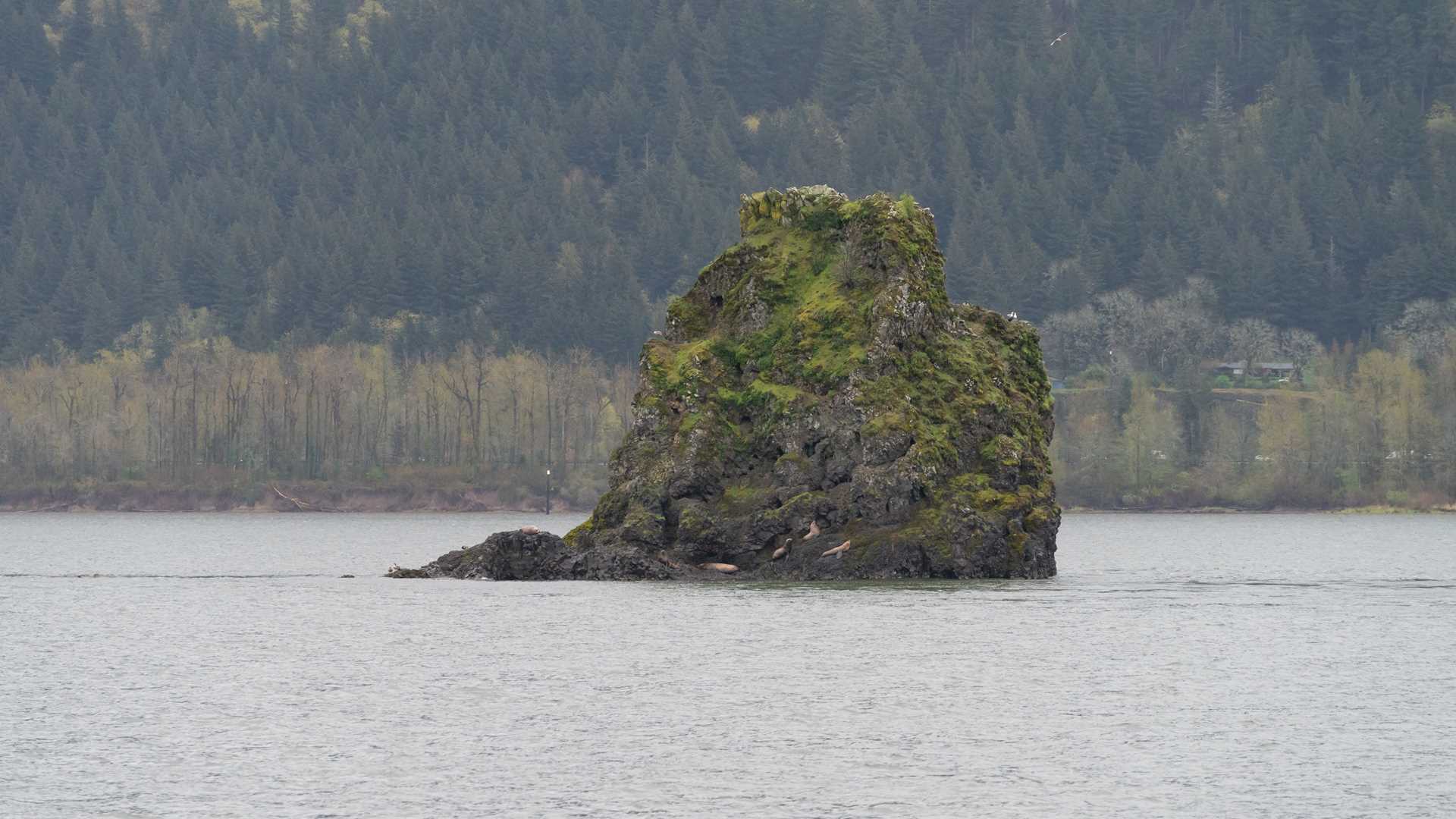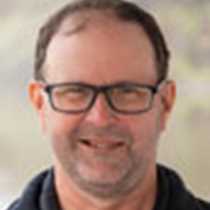Our journey started in the early morning. We cruised near Reed Island State Park and proceeded upriver toward Bonneville Dam and Lock. We traveled past Cape Horn and Phoca Rock, named by Lewis and Clark after the Greek word for seal. We caught sight of sea lions resting on the jagged rocks.
Guests were treated to a plethora of wildlife upon entering Bonneville Dam and Locks before lunch. We observed sea lions, bald eagles, blue herons, ospreys, swallows, kingfishers, seagulls, cormorants, Canadian geese, common mergansers, and turkey vultures. We also enjoyed seeing beautiful camellias and Oregon grape holly plants littered among the basalt landscape.
As we rose 70 feet above the Columbia River into Lake Bonneville, guests enjoyed an engaging talk on expedition photography by Linda Burback followed by a delicious lunch aboard National Geographic Sea Bird.
The afternoon brought winds, rain, and sleet to guests, expedition staff, and crew aboard National Geographic Sea Bird. Guest shuttled by Zodiacs to Stevenson where we transited by bus to the most spectacular and tallest (620 feet) waterfall in Oregon, Multnomah Falls. The falls were forcefully towering down from the basaltic cliffs, spreading watery mist for hundreds of yards into the viewing areas.
Leaving the falls, guests visited the Bonneville Fish Hatchery, the oldest and most important fish breeding and rearing facility in the Pacific Northwest. Guests learned about the process of rearing hatchery Chinook, coho, and steelhead salmon. They also had the opportunity to see Herman, an 82-year-old local celebrity. This white sturgeon resides in ponds at the hatchery.
Leaving the hatchery, guests traveled across the river to the Washington side. We hiked up Beacon Rock, named “Beaten Rock” by Lewis and Clark on October 31, 1805. Guests hiked up the 848-foot ancient cinder cone volcano. The volcano erupted over 57,000 years ago, and the Missoula floods washed away its exterior.
Capping off a spectacular and memorable day, guests visited the Columbia Gorge Interpretive Center, where human stories of the Columbia River Gorge are brought to life through illustration. The center features a full-size replica of a 19th century fish wheel and a functioning steam engine! Guests were fascinated, and they returned to the ship spent but filled with awe.
After returning to the ship, guests enjoyed a few cocktails followed by a three-course meal and an expert presentation on smart phone photography.
Photo credits: Patrick MacQuarrie, river expert; Dave Katz, naturalist; Linda Burback, photo instructor.







